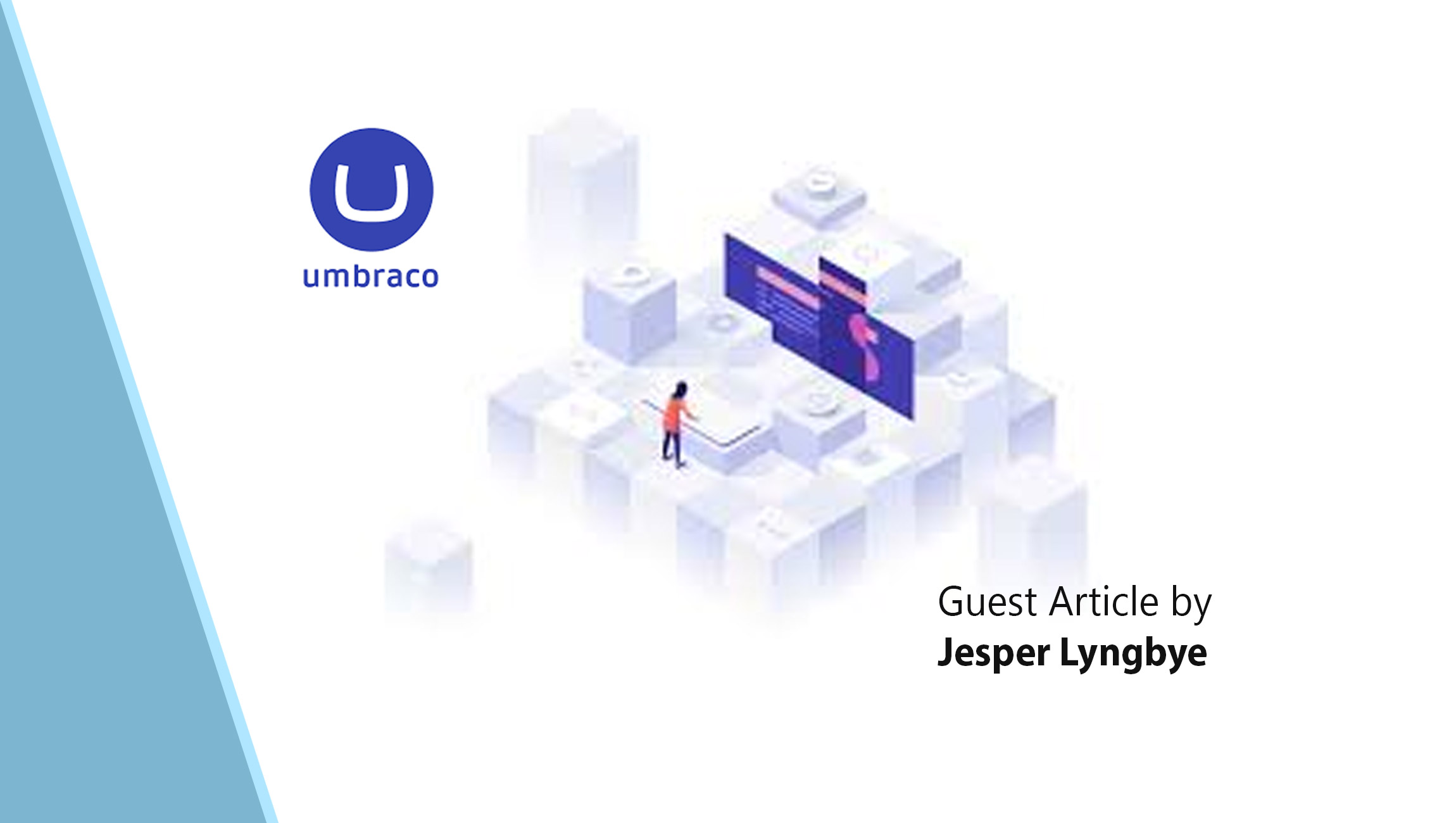While the content you share with your audience will always be important, being able to interact with that content is especially critical in today’s competitive digital business environment. Online technologies such as Digital Experience Platforms (DXP), now projected as a $10 billion market and growing, aim to provide a more personal omnichannel user experience for companies of any size.
There are two types of DXPs to consider:
- Monolithic suites, a classic, all-in-one platform including a content management system (CMS) and other MarTech technologies such as e-commerce applications or product information management (PIM) tools that are integrated into one suite purchased from one vendor.
- Composable DXPs, an enhanced “best-of-breed” strategy that lets companies choose the best digital tools, most likely including a CMS. These tools work together via APIs to flexibly deliver content and customized digital experiences to customers.
While monolithic suites appear to be leading the pack at the moment, industry buzz from vendors and analyst firms alike indicate a move towards composable DXPs.
Marketing Technology News: Cybersecurity Disconnect Between Digitally Free and Unfree Countries Persists While Freedom on the Net Declines
Why the move to composable DXP and is it right for everyone?
While a monolithic suite has its benefits, especially the ability to purchase one suite from one vendor with one user interface, many of the solutions included in the suite may never be used. Imagine trying to force an entire marketing department to switch over to a less optimal email marketing solution or customer data platform (CDP) application just because they came bundled with the enterprise client.
With a composable DXP approach, companies choose the applications their team wants to use, either because they are the best available, they are already familiar with the solution or already uses it and already owns the license, or all of the above. However, many of these applications will need to be purchased separately to get the full functionality of the DXP, which may require substantial development time and potential difficulties in syncing data. If your team already uses one or even multiple applications, implementation with a new composable DXP should be easier, faster and less expensive.
Choosing the right DXP truly depends on a company’s digital strategy, which will likely evolve over time. When making the decision, companies should weigh the needs of the entire organization–from content editors to developers to the C-suite who cares most about ensuring the best digital experience for the company’s audiences.
Marketing Technology News: MarTech Interview with Stephan Beringer, CEO at Mirriad
Decision makers should consider the following questions:
- How easily does it integrate with other solutions? A composable DXP is designed to integrate with other best-of-breed solutions. It’s what makes it composable. With a monolithic suite, a large number of the products have been obtained through acquisitions instead of being built by the original suite provider. The different products are then given a brand and UX makeover and are made to fit into the overarching process. While this process guarantees that the products easily integrate internally, external integration can be poor or nonexistent.
- How easy is it to start using right away? A composable DXP approach can start almost immediately with a more condensed functionality and feature set. Companies can use the knowledge their staff currently has and be up and running very easily, eliminating the need to train staff in workflows they already know. Deploying a new monolithic suite can take months as companies must switch staff over to a new solution and possibly a new digital process altogether.
- Is the interface user friendly? In a composable DXP, the look and feel of the will not be the same across the applications like it would be in a suite, but the interface of each application is tailored to help the user do exactly what the applications aims to do.
- Does it fit with our current system architecture? A composable DXP can be specifically chosen to fit within an existing architecture to fulfill the business strategy. Integration into other systems might require some development time and sharing data across different platforms,which might prove difficult. Implementing a suite often requires a new infrastructure, which can mean longer time to market.
- Can the vendor support the needs of an enterprise or government client? COMPOSABLE DXP Clients will often work with a certified partner agency to compose and implement the digital platform for their specific business needs. Suites are typically built with enterprise-level clients in mind so vendors should be able to cover large orders. With high volume purchases like this, however, your company might end up with access to products it will never use and only pays for because they came bundled with the others.
- How often can we expect the product to be updated? Companies can get updates to composable DXPs at any time because the best-of-breed vendors focus on their own solution. Open-source products can be updated and customized when ready, and development does not depend on the vendor. Updates for suites are provided by the single vendor and ’nice-to-have features’ might take a long time to be implemented, if at all. Even smaller bugs might sometimes have to wait for a suite-wide update.
- How much value does the solution provide over time? Composable DXPs can have a large impact on a business over a short amount of time. Thanks to faster development cycles, updates/fixes can be rolled out immediately. The costs of suites can be high, but volume purchases and enterprise plans can provide discounts. The switching cost can become so high, however, that many companies choose to stay with an already implemented suboptimal solution.
- How secure is the solution? Security updates and patches can be implemented outside normal development cycles and without affecting other systems, effectively enabling faster response times. If a security flaw is found in one part of a suite, however, it may extend to the entire suite, making the overall solution vulnerable.
Both DXP solutions have their benefits, so how and why a company might use the platform should help determine the choice. A composable DXP could be the best solution to solve specific business problems immediately with low startup and switching costs and no need to replace a company’s current architecture. Companies needing a more extensive solution with a wide array of tools that share data and processes seamlessly with a common look and feel could benefit from a suite. But a quick Google search will show that a solution that complex is less often needed today.
What companies need is a DXP that makes their digital business simpler, faster, and more intuitive, with a solid and user-friendly content management system base that lets companies quickly and seamlessly configure their digital experiences across their platforms just the way they want. In this case, the composable DXP wins.











